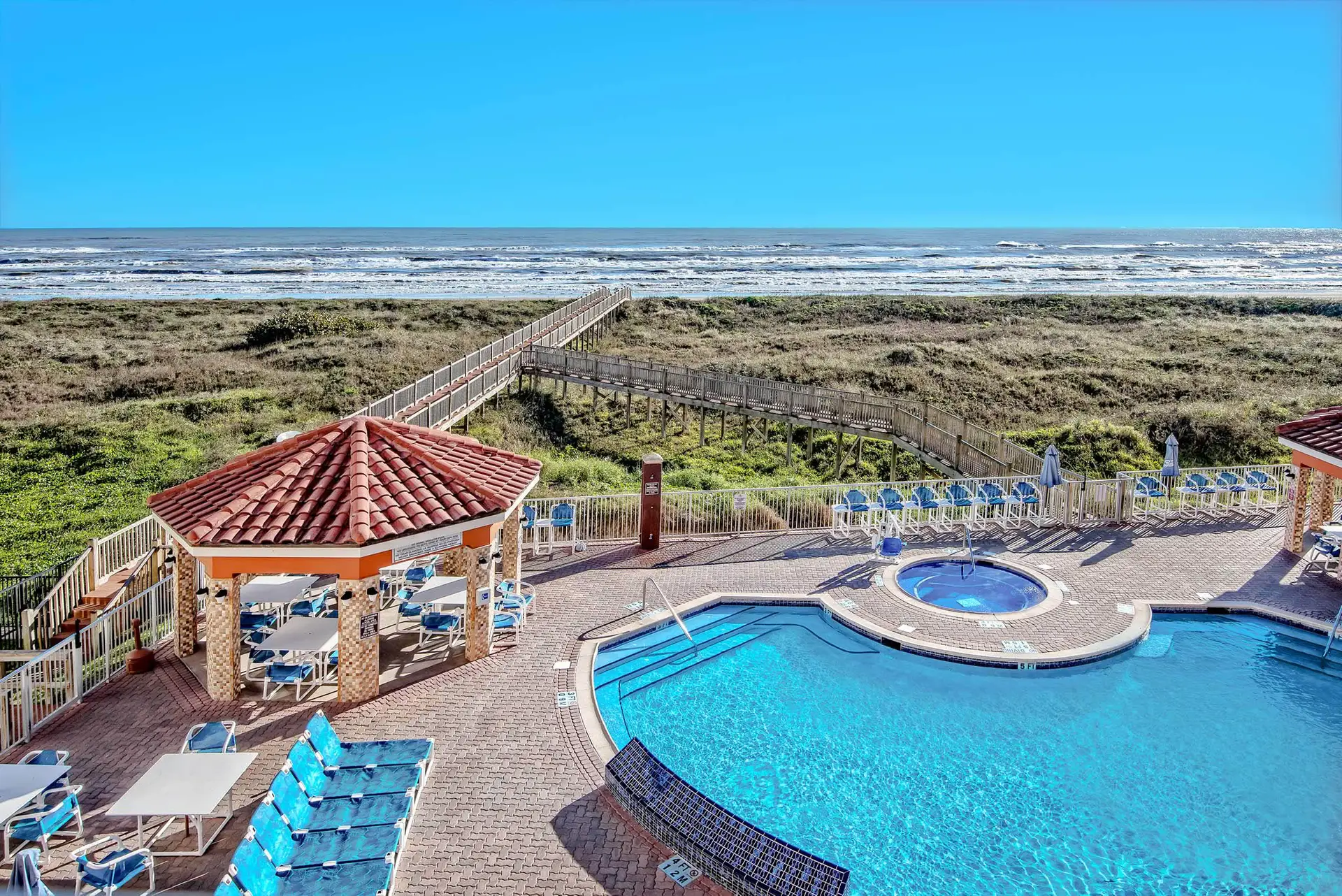Spring Break 2026 Packages
All-inclusive hotels, meals & drinks on South Padre Island.
Featured Packages
Exclusive vacation packages with carefully selected accommodations and amenities. Take a look at our curated collection of getaway experiences at the best available rates.

All-Inclusive Christmas Vacation
Escape to the beach this Christmas with our All-Inclusive package: beachfront hotel stay, all food and drinks, and a plated Christmas feast for every guest. Sun, sand, and festive cheer—no planning, no stress.

2025-2026 Winter Rates
Winter weekly & monthly stays from $60/night with free breakfast & 50% off lunch and dinner daily!

All Inclusive Winter Getaway
Trade the cold for coastal comfort with our All-Inclusive Winter Getaway! Enjoy beachfront stays, daily meals, drinks, and your own umbrella & chairs—everything you need for a warm, worry-free escape to South Padre Island.

Spring Break 2026
Book your 2026 Spring Break escape! EnjoySPI’s all-inclusive package covers your hotel stay, daily meals, 4 drinks, and beach setup—plus access to top island restaurants and bars.

Semana Santa 2026
Celebrate Semana Santa with EnjoySPI! Stay steps from the beach with daily meals, 4 drinks, and a private beach setup—plus access to top island restaurants and bars for one all-inclusive price.

Romance Experience
Romantic escape: champagne, rose petals, and balloons on arrival, daily meals, daily cocktails or coffees, beach lounge for two, and a sunset cruise to remember.
Need more help? Call us at (877) 89‑PADRE
with a South Padre Island Specialist.
Customer Service Hours: 9 a.m. - 6 p.m. Central Time (CT).
Featured Hotels
See All Hotels
La Copa Inn Beach Hotel
South Padre Island, Texas
Beachfront hotel located closed to Queen Isabella causeway, Beach Waterpark, and Isla Blanca Park. In-house restaurant, two bars, Starbucks Coffee, gift shop and more.

Sand Rose Beach Resort
South Padre Island, Texas
Hotel located directly on the beach, adjacent to Clayton's Beach Bar. Two bars on site, in-house oceanside restaurant, gift shop, and free WIFI.

Hilton Garden Inn
South Padre Island, Texas
Hotel located beachfront next door to Clayton's Beach Bar. In-house Starbucks Coffee, on-site beachside taco trailer, poolside bar, and in-house restaurant.

Courtyard by Marriott
South Padre Island, Texas
Courtyard by Marriott is the premier beachfront hotel on South Padre Island. This hotel with over 200 rooms, each with a large balcony, will feature 2 in-house restaurants, 3 bars, and a cafe.
2025 La Copa Vacations.
by Ruby Red Hospitality